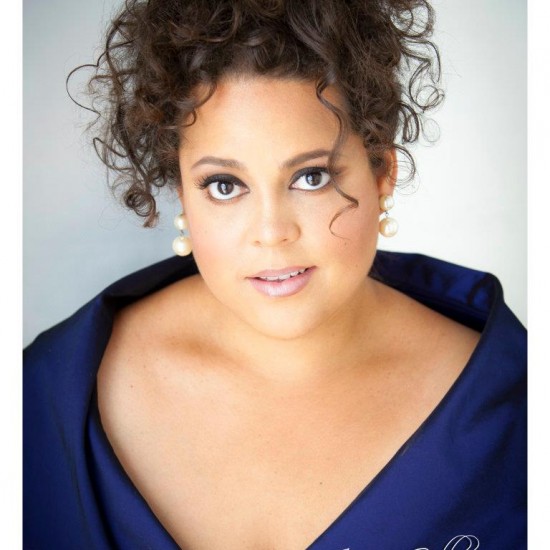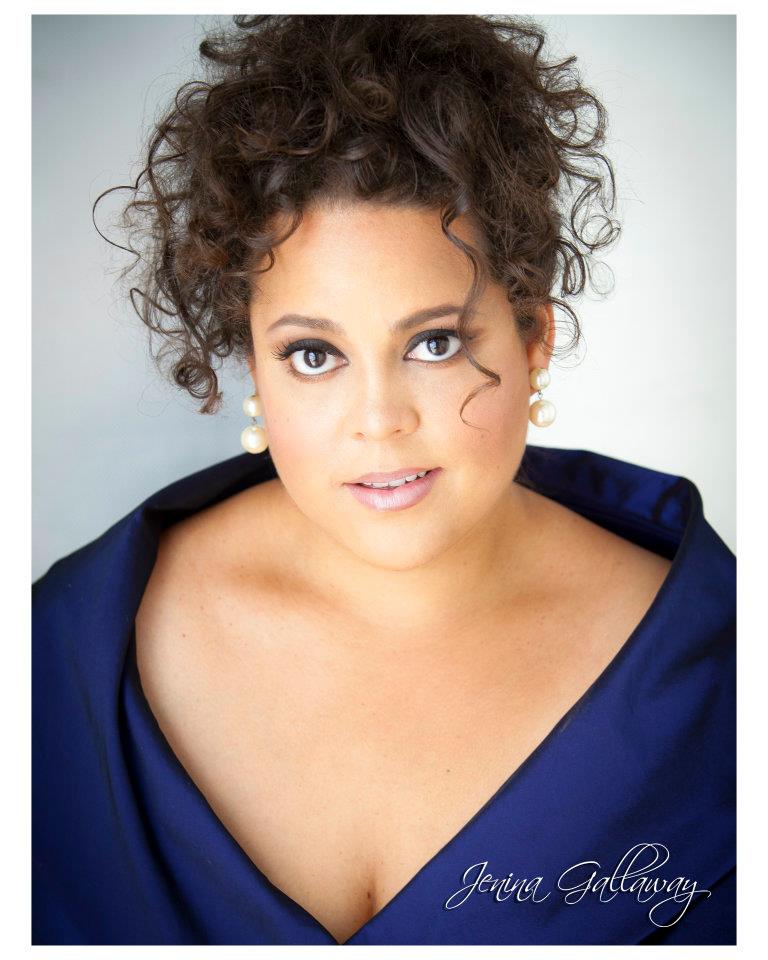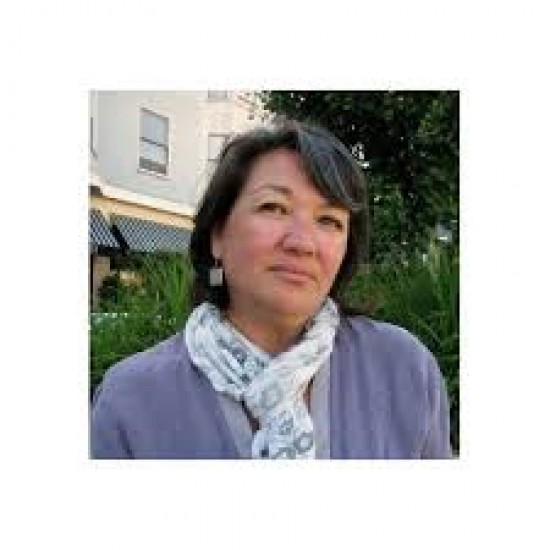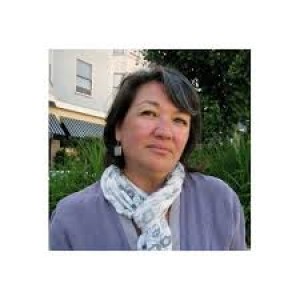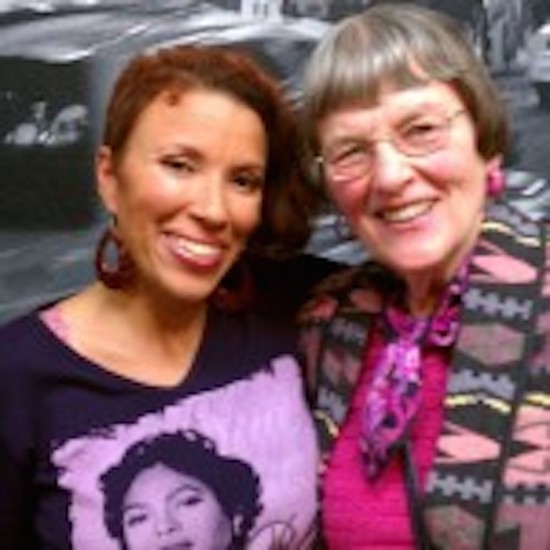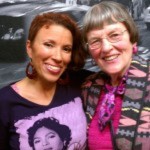Parents are often the stewards of our development and the beacons of morality. So, how does one navigate themselves when their imparter does not share the same experience? My internal self-reflection of my own racial identity as a mixed race individual has been and will always be closely linked to my two monoracial parents, but I have also come to the realization that I did not have the same experiences as my parents growing up and they will not have the same experience as a mixed race individual despite their proximity to it. I believe this is important because this understanding of identity formation is not hard, fixed features like race, gender, class, or the intersection of thereof, but a continuous evolving amorphous object that changes over time. Many articles argue that locale of the minority parent as it relates to gender and to a smaller degree, if at all, social capital factor in the racial identification of mixed race individual (Xie, 1996; Schlabach, 2013), but I do believe that in the socioeconomic context of people’s lives parents play a part to children’s racial identity indirectly and directly (Heard, 2006).
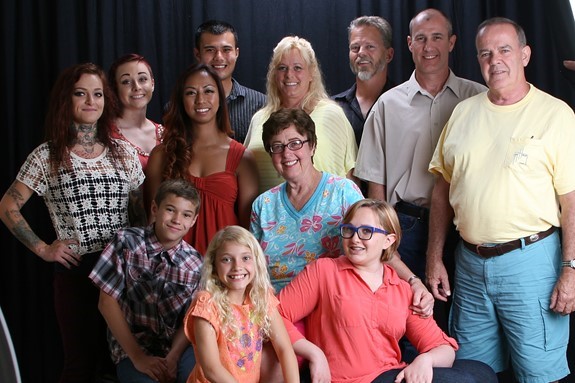
My parents never married and had me at a relative young age (23 for my mom and 25 for my dad.) Both grew up with each other in suburbia Orange County in a city called Huntington Beach and knew each other through school. They suffered through teenage angst, suffocation and entrapment of the suburbs, and uncertainty to endure similar and different tragedies in their lives. My dad, who is white, was a military kid that never stayed in one place too long except for Huntington Beach and dealt with the family curse of alcoholism. My mom is Japanese American and she had to navigate a predominately white space while being a minority, unwind the historical trauma of internment and post-war Japan that my Nisei (2nd generation) grandfather and Issei (1st generation) grandmother carried, and negotiate the pressure of acculturation. In their inner circle of friends and family they had to deal with teenage pregnancy and suicide. This is important because it lays the context of having me at a young age, growing up while negotiating parenthood, and eventually my racial identity. It wasn’t until I understood this context that I began to really accept my mixed roots.
Shortly after my birth, my father’s whiteness opened an opportunity of upward social mobility by leaving his dead-end jobs in California and becoming trained as an airplane mechanic in Indiana. I ended up only seeing him during the summer and his presence was only felt through child support checks. I grew up mostly in his absence and because of that I understand the impact of the locality of the minority parent being a mother. During this time my mom eked a living on food stamps and medi-cal, while taking care of her children and my grandfather’s failing health. It was at that time I strongly identified with my Japanese side and became hyper-demonstrative to prove my “Japaneseness”. I understand when Martis wrote in a Salon article that she, “despised [her] father; his absence humiliated [her]. Not only did [she] loathe his withdrawn parenting, but I hated his genes. I inherited his dark skin and large nose” (Martis 2014). The absence of a parent for a mixed race individual can cause that individual to align themselves exclusively with their remaining parent’s racial identity.

T
he inescapability of your mixed identity despite your relationship with your parents become apparent through phenotypical markers like being branded by a tattoo. Your body becomes a signifier and an invitation for people to ask, “what are you/where are you from?” As Martis eloquently explains that she, “realized that inheritance is attributed with likeness; to belong to your family, you must look alike. Not alike in the eye shape, frown lines or smile, but alike in skin color. In our society, skin pigmentation is the greatest marker that sets us apart from one another. When a child looks different from her family members due to that pigmentation, her inheritance is questioned” (Martis 2014). Hair, body type, eyes, and skin color become a mosaic that links you to your parents and adds another layer to your racial identity. I was born with brownish curly hair that grew out to be black with slight curls only noticeable once it reaches a certain length. But those blonde/brownish hairs didn’t die at a young age, they occasionally pop-up as body hairs and in my mustache and beard as a little reminder to not forget my mixed roots. My hair and body type/ shape are imprints that link me to my father. My complexion, eyes, and other obvious features are things that I have inherited from my mother and embraced when I was younger because it was a tangible connection to being Japanese. Although Blackness and whiteness, therefore power, in American society is closely linked to the amount or lack of melanin in your skin, the one thing I didn’t overtly experience was colorism. I tended to be one of the darkest in my family; my color does change with the season and amount of time I spent outside. This was probably because my families grew up in Southern California with beaches and didn’t receive the same social cues or stigma to stay indoors or conform to white beauty standards. Understanding the relation of my body as it relates to my parents, along with self-love and body positivity, allowed me to accept my mixed race identity and challenge the notion of phenotype as a marker for race or ethnic background.
Although I wouldn’t consider myself as white passing, the socioeconomic differences between my dad’s life in Indiana and my mom’s in California taught me about white privilege and your association to whiteness. Even though race is socially constructed, we live in a system in which race plays a key role in power, accessibility of upward social mobility, and interpersonal interactions/ level of microaggressions. For example, my father had access to product signifiers of middle class America; He didn’t need to worry about food insecurity and could afford to buy brand names and the standard iphone/ipod/other products that help define the middle class. That was not the same lived experience as my mom, who hustled to get things on sale. I would get the occasional stares and comments, “who’s the Chinese kid with that guy?” but my proximity to my dad’s whiteness shielded me from far worse microaggressions. People in Indiana were friendly, kind, and hospitable to me.
It took me till I was 23 years old developing my career, that I developed an appreciation of what my father and mother did for me. Though I would have wish things were different and my father was around more often, I could not imagine having a kid before 25 and making a tough decisions regarding career and providing for a child. This allowed me to let go of my resentment towards him and acceptance of my mixed race identity. In looking back he did ease the racial divide the best he could. He spent time in Japan growing up while my grandfather was stationed there, even going to elementary school which bridged the gap. There was shoyu and furikake always on hand and our go to places to eat out was sushi. We always connected through baseball, despite him being a Yankee fan and me an Angel fan. I’m grateful for what my mother and father did for me, even though they are no longer together. It lead me to a deeper understanding of myself and how parent and child relationships affect the development of racial consciousness and identity formation. If this story connects with you, please comment or share your own experience on how your relationship with your parent(s) or chosen family shaped your identity.
Sources
- Heard, H. and Bratter, J. 2006. “Racial and Ethnic Differences In Parent-Child Relationships: Does Mixed Race Matter?”Annual Meeting of the Population Association of America. <http://paa2006.princeton.edu/papers/61875 >
- Martis, Eternity E. “Owning my mixed-race identity: Why I don’t have to choose sides.” Salon. N.p., 13 Mar. 2014. Web. 07 Aug. 2017.
- Schlabach, S. (2013), The Importance of Family, Race, and Gender for Multiracial Adolescent Well-being. Fam Relat, 62: 154–174. doi:10.1111/j.1741-3729.2012.00758.x
- Xie Y, Goyette K. The racial identification of biracial children with one Asian parent: Evidence from the 1990 Census. Social Forces. 1997; 76:547– 570.
_____________________________________________________________________________________________________
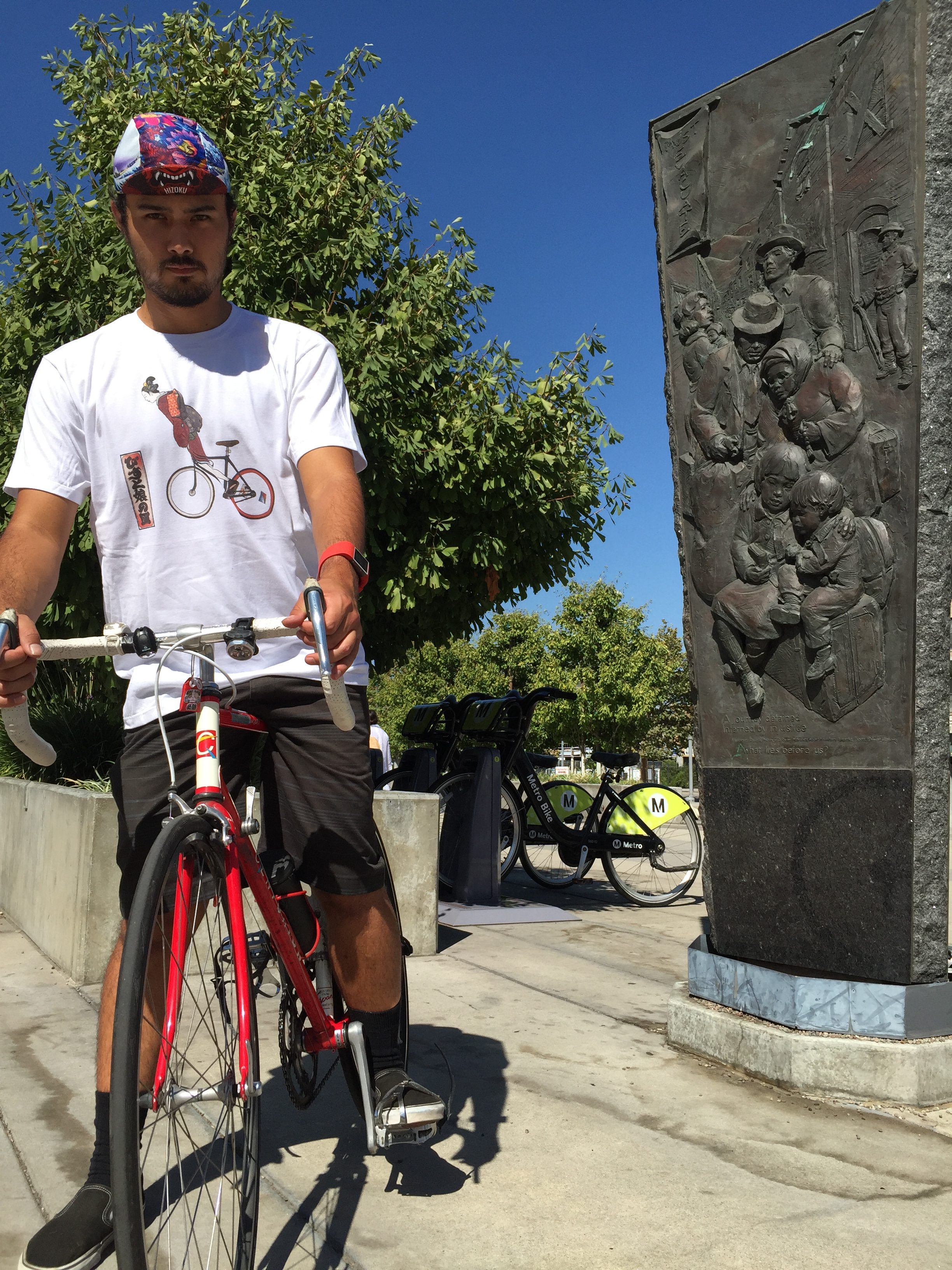 Chris Weir is a haifu (half Japanese half white) community organizer that is part of KmB Pro-people youth (a progressive grassroots organization in Historical Filipinotown in Los Angeles) and Nikkei Progressives (a progressive organization based in Little Tokyo). Chris is an avid cyclist and his next project is organizing bike rides in Japantowns in Southern California with the hope to share local Nikkei histories, link communities together through biking, support local businesses and community programs, and share a vision for equitable and sustainable development and transportation. Professionally Chris works at APAIT (a local non-profit HIV/AIDS service organization that works to positively impact medical underserved communities through culturally competent and linguistically relevant programs) as an Outreach and Testing specialist. On his free time Chris likes to run, play with his Australian cattle dog named Kora, and try new things.
Chris Weir is a haifu (half Japanese half white) community organizer that is part of KmB Pro-people youth (a progressive grassroots organization in Historical Filipinotown in Los Angeles) and Nikkei Progressives (a progressive organization based in Little Tokyo). Chris is an avid cyclist and his next project is organizing bike rides in Japantowns in Southern California with the hope to share local Nikkei histories, link communities together through biking, support local businesses and community programs, and share a vision for equitable and sustainable development and transportation. Professionally Chris works at APAIT (a local non-profit HIV/AIDS service organization that works to positively impact medical underserved communities through culturally competent and linguistically relevant programs) as an Outreach and Testing specialist. On his free time Chris likes to run, play with his Australian cattle dog named Kora, and try new things.

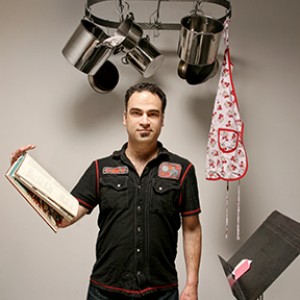 Robert Farid Karimi
Robert Farid Karimi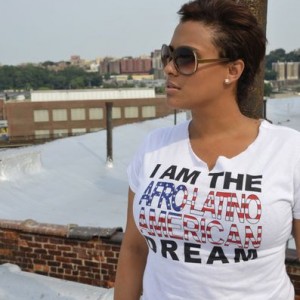 Crystal Shaniece Roman
Crystal Shaniece Roman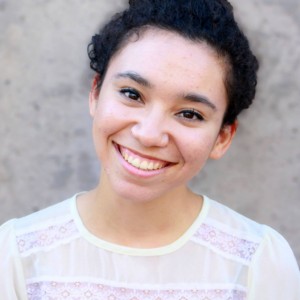 Carly Bates
Carly Bates Zavé Gayatri Martohardjono
Zavé Gayatri Martohardjono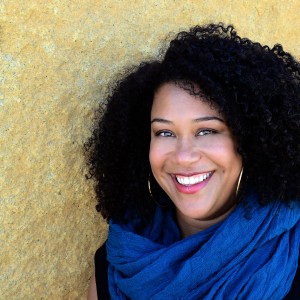 Lisa Marie Rollins
Lisa Marie Rollins Fred Sasaki EAT TO JAPANESE: Achieving ethnic authenticity by eating, shopping, emojis
Fred Sasaki EAT TO JAPANESE: Achieving ethnic authenticity by eating, shopping, emojis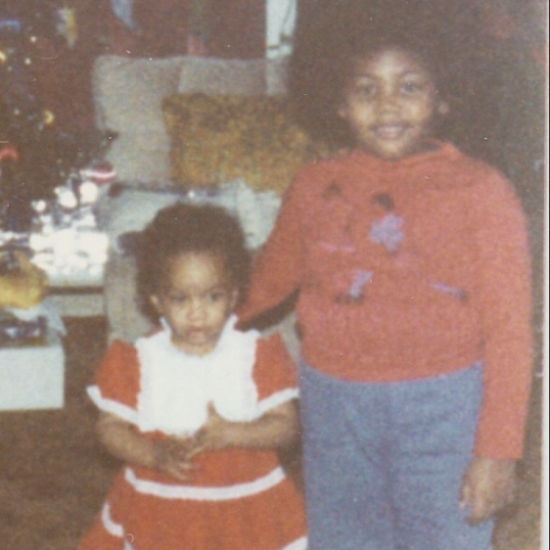
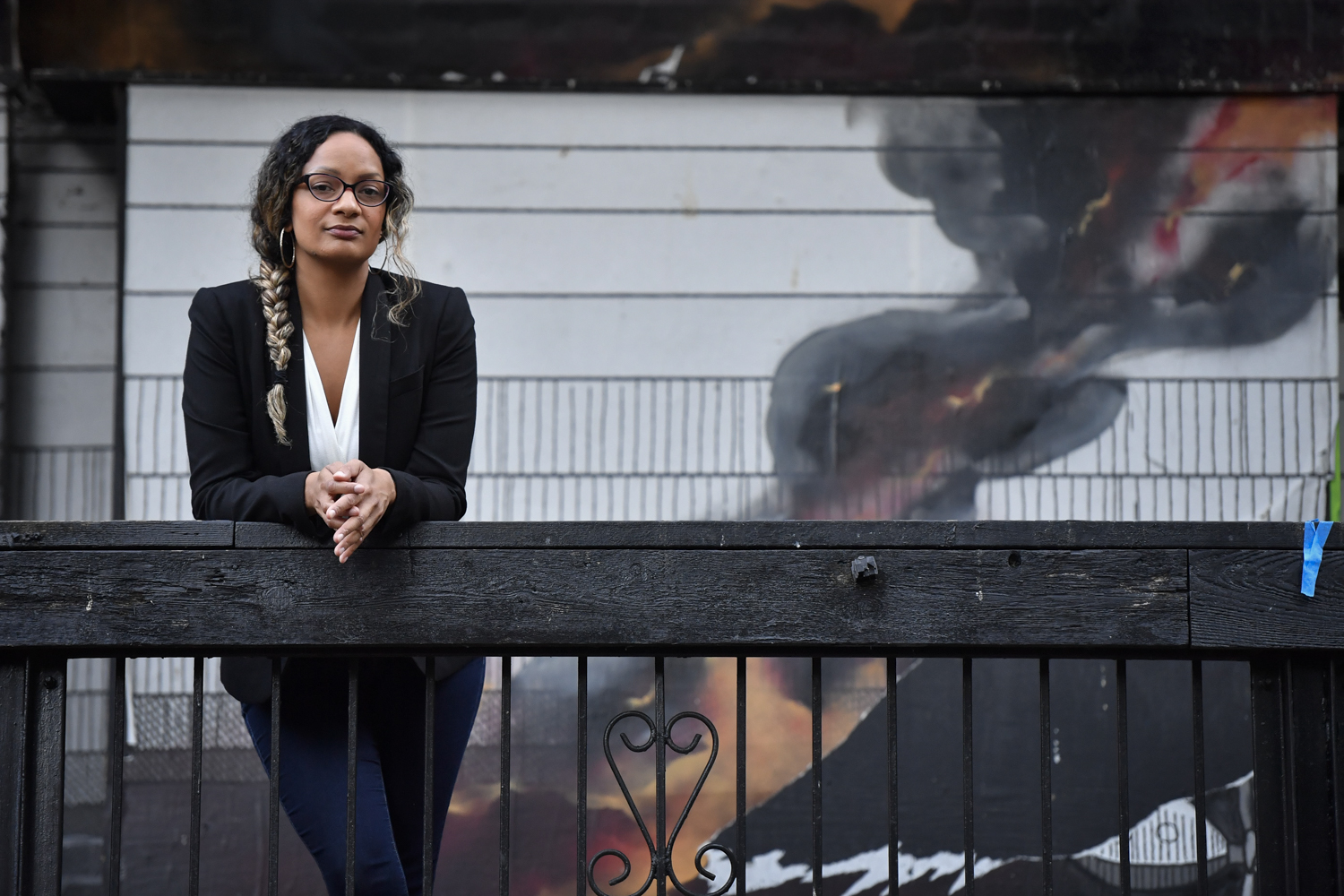 Chelene Knight lives in Vancouver, BC and is a graduate of The Writer’s Studio 2013 in the poetry cohort. Chelene is a Library Assistant at the Vancouver Public Library, and Managing Editor at Room. Previously, she worked as a Manuscript Consultant through SFU, and as a proofreader at Montecristo magazine along with other editor gigs with a poetry focus. She has been published in Amazing Canadian Fashion Magazine, Sassafras Literary Magazine, emerge, The Raven Chronicles Literary Magazine, and in Room 37.4. She just finished her second manuscript, Dear Current Occupant, a collection of sonnets, prose poems, and letters which is forthcoming with
Chelene Knight lives in Vancouver, BC and is a graduate of The Writer’s Studio 2013 in the poetry cohort. Chelene is a Library Assistant at the Vancouver Public Library, and Managing Editor at Room. Previously, she worked as a Manuscript Consultant through SFU, and as a proofreader at Montecristo magazine along with other editor gigs with a poetry focus. She has been published in Amazing Canadian Fashion Magazine, Sassafras Literary Magazine, emerge, The Raven Chronicles Literary Magazine, and in Room 37.4. She just finished her second manuscript, Dear Current Occupant, a collection of sonnets, prose poems, and letters which is forthcoming with 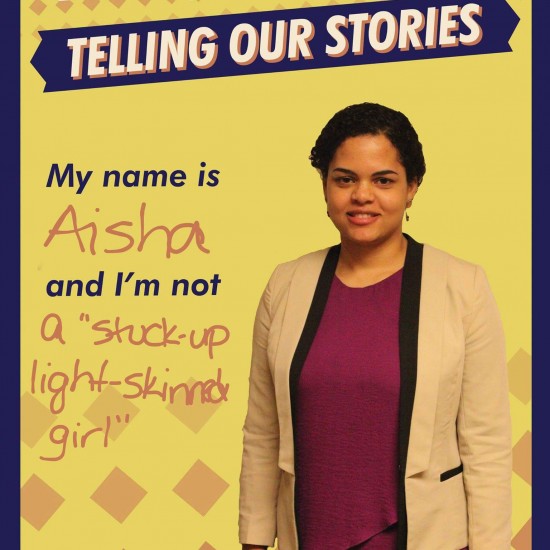
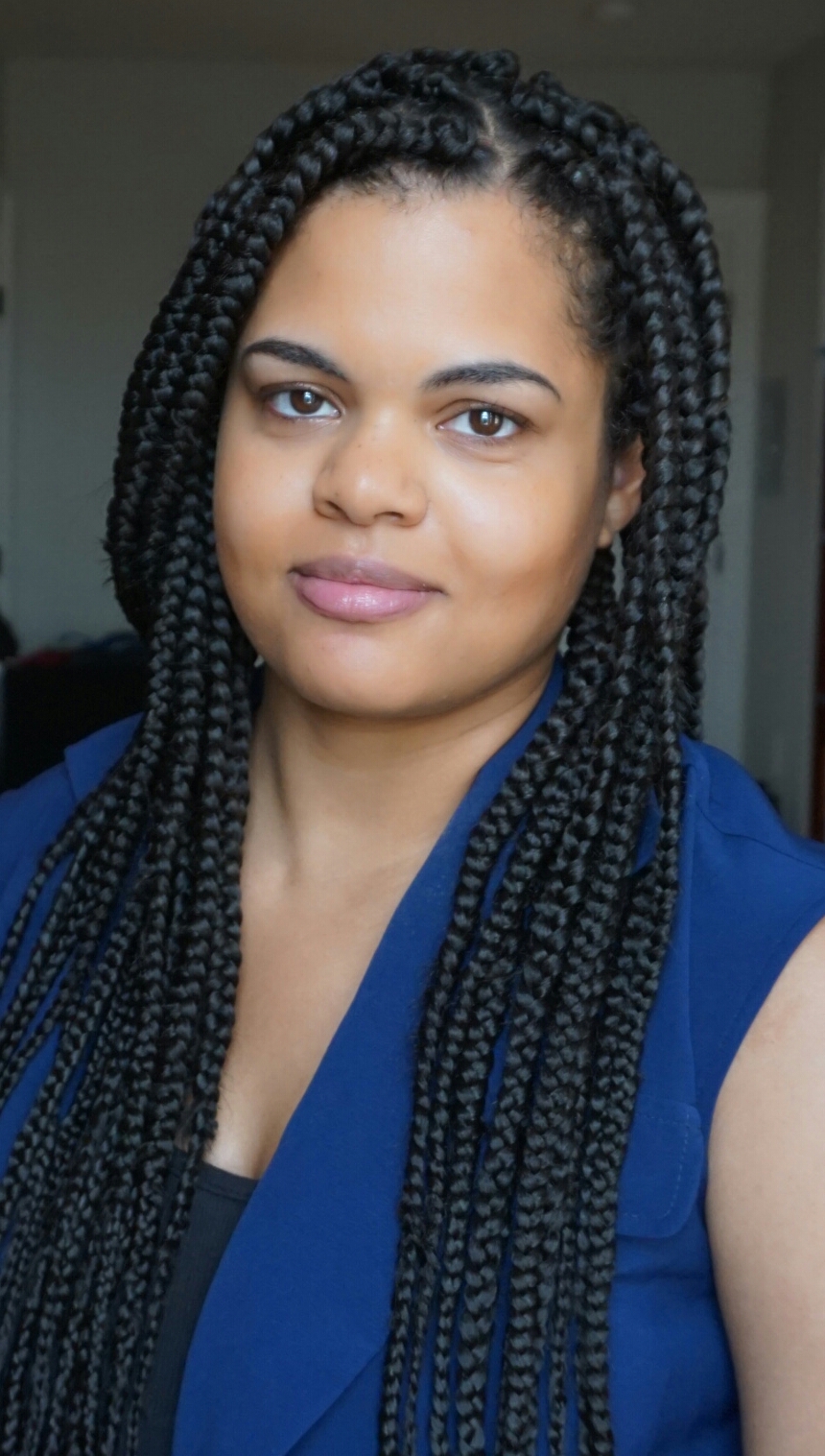 Aisha Springer is based in Baltimore. Her writing primarily focuses on issues of race, feminism, and personal essay. She is a Contributing Writer for Hashtag Feminism, a blog examining feminist topics through a media lens, has written book reviews for STAND, the ACLU magazine, and was a 2015 Social Good Summit Blogger Fellow for the United Nations Association (UNA-USA). During the day, she works full-time at a civil rights nonprofit.
Aisha Springer is based in Baltimore. Her writing primarily focuses on issues of race, feminism, and personal essay. She is a Contributing Writer for Hashtag Feminism, a blog examining feminist topics through a media lens, has written book reviews for STAND, the ACLU magazine, and was a 2015 Social Good Summit Blogger Fellow for the United Nations Association (UNA-USA). During the day, she works full-time at a civil rights nonprofit.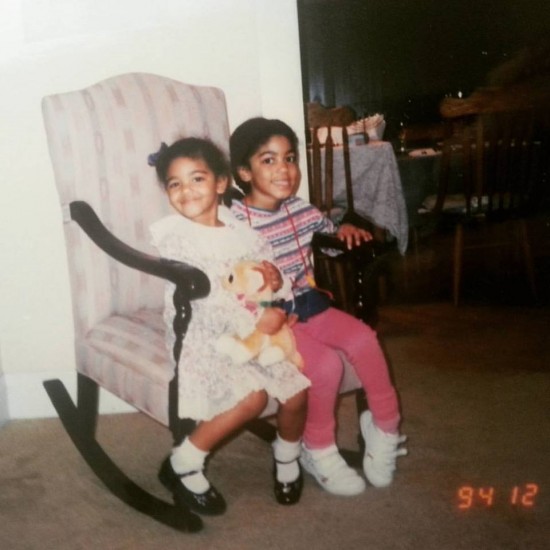
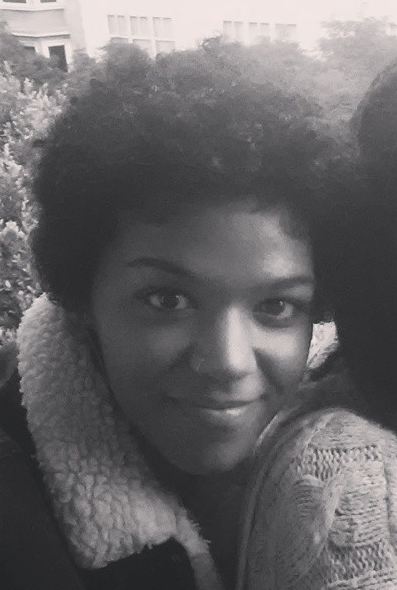 Sarah Gladstone is a writer based out of Oakland, California. In addition to being a contributor for online sites such as Ravishly and The Huffington Post Blog, she also works on personal writing endeavors. WHITE DADS, a new zine anthology of stories, art, and experiences told by people of color fathered by white men, is her most current project. Most of her writing is creative nonfiction, poetry, and prose on topics relating to identity, race, and orientation. She appreciates all great forms of storytelling, magical realism, and the interconnectedness of art with social justice and humanity. When she’s not entangled with the written word, you can find Sarah debating the merits of pop culture, indulging in discount cinema, and generally trying to live a story worthy life.
Sarah Gladstone is a writer based out of Oakland, California. In addition to being a contributor for online sites such as Ravishly and The Huffington Post Blog, she also works on personal writing endeavors. WHITE DADS, a new zine anthology of stories, art, and experiences told by people of color fathered by white men, is her most current project. Most of her writing is creative nonfiction, poetry, and prose on topics relating to identity, race, and orientation. She appreciates all great forms of storytelling, magical realism, and the interconnectedness of art with social justice and humanity. When she’s not entangled with the written word, you can find Sarah debating the merits of pop culture, indulging in discount cinema, and generally trying to live a story worthy life.